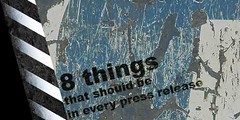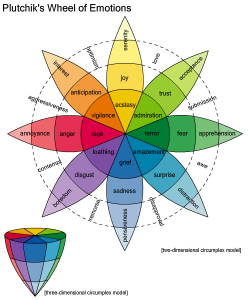Do Pretty Ads Ring the Cash Registers?
Like millions I watched the Super Bowl over the weekend, not only to root for the Packers (!), but to gawk at the ads. Lots of clever ads put together which were damn entertaining. According to the Portland Business Journal, some of the most popular were produced by Portland’s Weiden + Kennedy, well known for creating great Nike ads over the years. They created the Chrysler and Coca-Cola ads which got a lot of critical and viewer praise.
My favorite (and it’s hard to choose, so if I were to write this article tomorrow, my fave choice might change) was the very popular VW ad with the mini-Darth Vader called “The Force.” It went viral before the Super Bowl and by Monday had garnered over 16 million views on YouTube:
httpv://www.youtube.com/watch?v=R55e-uHQna0
While the Super Bowl is a terrific showcase for ad creativity, many critics (me included) wonder about the effectiveness of the ads. Advertisers spend around $3 million for a 30-second slot. Not to mention the time, energy and money that goes into creating the ad. Must be another three mil, at least, right?
That’s a ton of money, even if you’re Coca-Cola or Chrysler. As an advertiser you want it to pay off.
If the ad is number one on the popular charts but doesn’t sell more than a few bottles of coke or more than a few new cars, is the ad worth the investment? Hard to justify in my mind. But if the ad creates huge brand awareness and you’re able to point back to the ad as a key point in a rise in sales, you can probably justify it.
Hey, it’s the same with tradeshows – which is just another marketing tactic.
You spend a ton of money (it’s not cheap!), and hope the sales increase as a result.
So…some questions to ask as you prepare your creative for the tradeshow:
- Is the booth pretty or effective? Or both?
- Is your graphic message popular or does it ring the cash registers? Or both?
- Is your in-booth demo clever and does it grab solid leads? Or is it just plain clever..?
- Do your staffers have great questions for your visitors and do they use those questions to qualify a ton of great leads?
- Do your leads make a nice pile of paper but fail when it comes to getting them to pulling out their checkbook to purchase your product or service?
It’s the same with websites, by the way. I’ve seen incredible looking websites which did virtually nothing for the business. And I’ve seen ugly websites that were extremely effective at turning a visitor into a customer.
Pretty and popular is nice. But sales effectiveness and lead conversion pay the bills.










